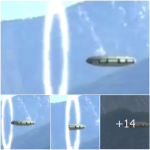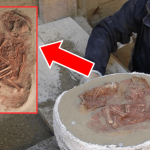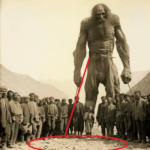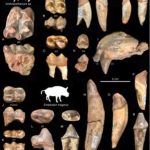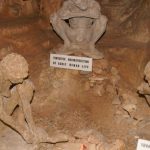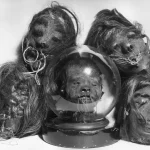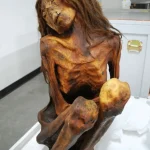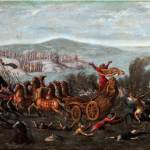41 mummified children in Capuchin catacombs: a mystery unraveled by researchers searching for the truth about their lives and deaths.
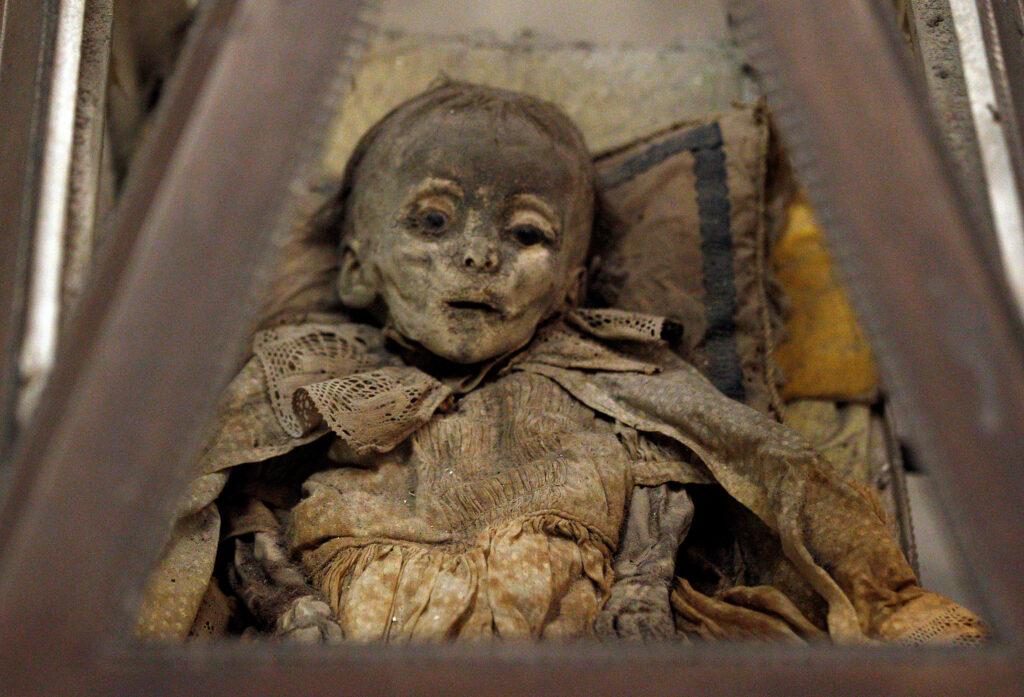
Researchers are making efforts to unravel the mystery behind the lives and deaths of the mummified 𝘤𝘩𝘪𝘭𝘥ren in the Capuchin Catacombs of Palermo in northern Sicily.
Staffordshire University researchers in England will examine the 41 𝘤𝘩𝘪𝘭𝘥 mummies in the “Children’s Room of the Catacombs,” but there are approximately 163 𝘤𝘩𝘪𝘭𝘥ren throughout the sacred site.
A mummified body of a 𝘤𝘩𝘪𝘭𝘥 on display at the Capuchin Catacombs in Palermo, southern Italy, on Jan. 31, 2011.
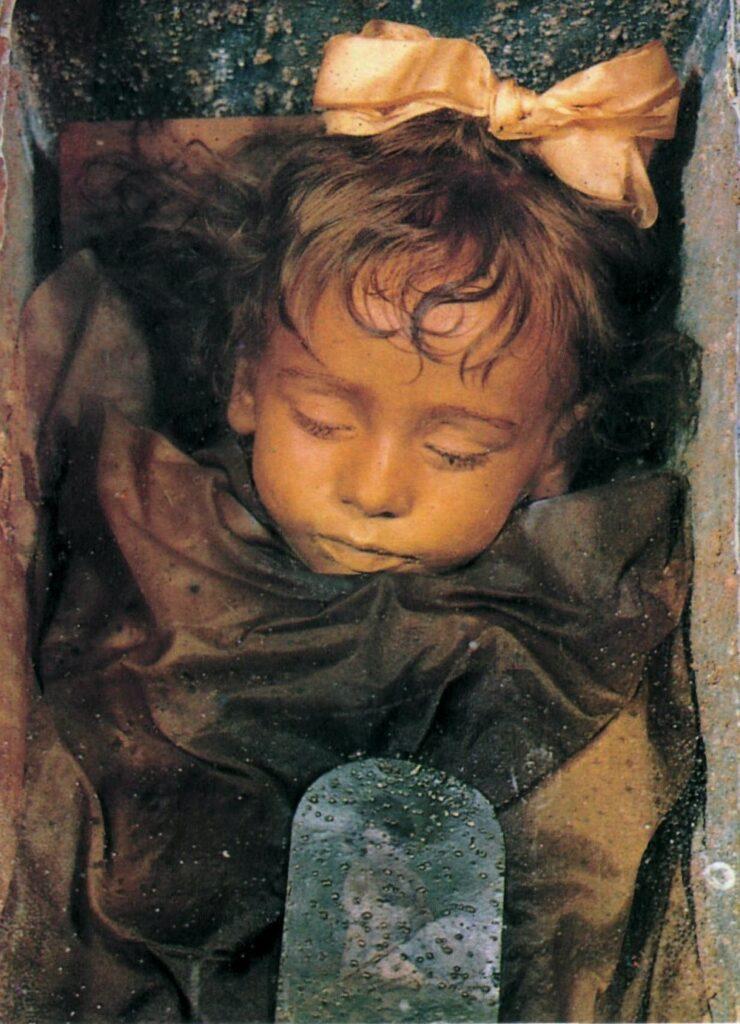
Principal Investigator Dr. Kirsty Squires told Insider that researchers will use non-invasive X-ray technology starting next week to probe the juvenile mummies in the catacombs.
The adult bodies in the catacombs had been the primary focus of examination in previous studies, researchers said in a video posted to YouTube in July. The new study of the 𝘤𝘩𝘪𝘭𝘥 mummies aims to discover the lives and identities of the 𝘤𝘩𝘪𝘭𝘥ren in the Capuchin Catacombs — and uncover why they were placed there.
Investigators are working closely with the Capuchin friars who overlook the catacombs to conduct ethical and respectful research, according to Squires.
“There are many ethical considerations when researching the human remains of 𝘤𝘩𝘪𝘭𝘥ren,” Squires said.

One such consideration is using X-ray technology in lieu of invasive and controversial techniques like autopsies. Photographs of the catacombs will be reserved for academic papers instead of posting on social media, and researchers won’t publish identifying information of the 𝘤𝘩𝘪𝘭𝘥ren, Squires said.
Artist Eduardo Hernandez will sketch and paint images from inside the catacombs for public distribution, Squires added.
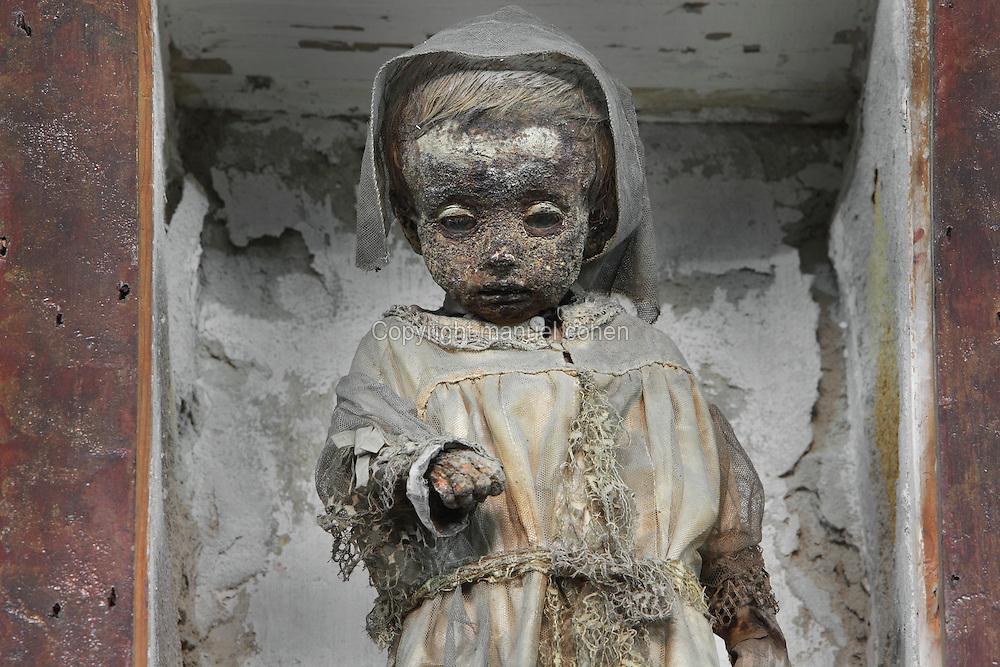
“These will be used for outreach materials,” she said. “This medium was selected as some may find photographs of deceased 𝘤𝘩𝘪𝘭𝘥ren upsetting.”
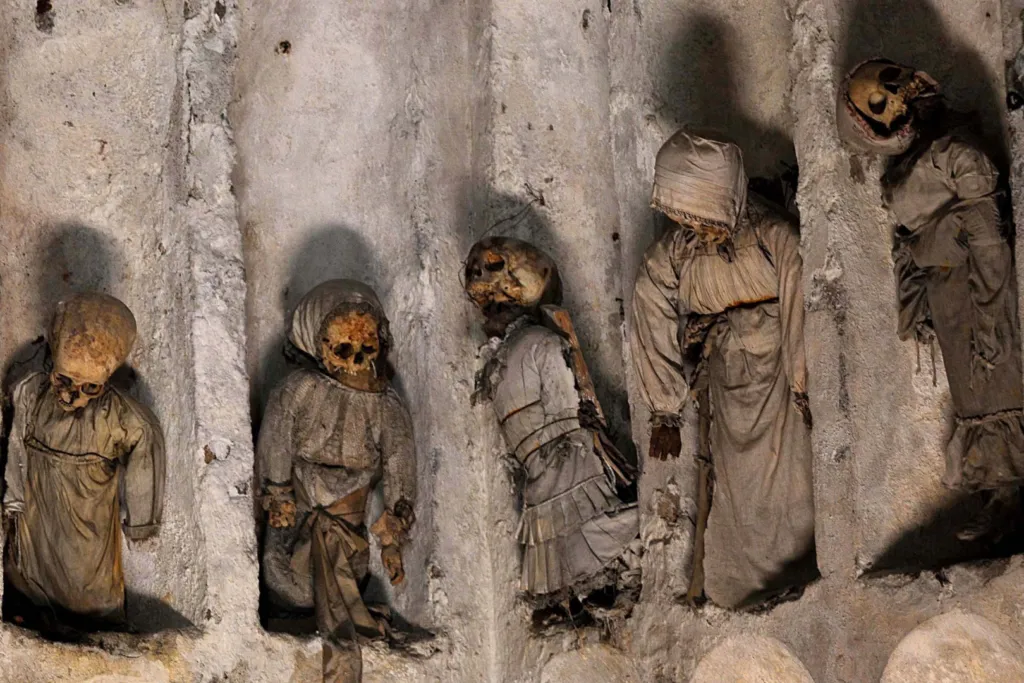
The Capuchin Catacombs were created in 1599 as a place to hold previously buried and naturally mummified monks, but wealthy and prominent figures were later mummified and placed at the site as well as a symbol of status, according to the Capuchin Catacombs website.
The catacombs house some of the most well-preserved mummies in the world, according to National Geographic. Today, the site serves as a tourist attraction containing approximately 1,284 bodies with limited death records. Some of the bodies are mummified and others are partially skeletonized, while some are on display and others reside in coffins.
